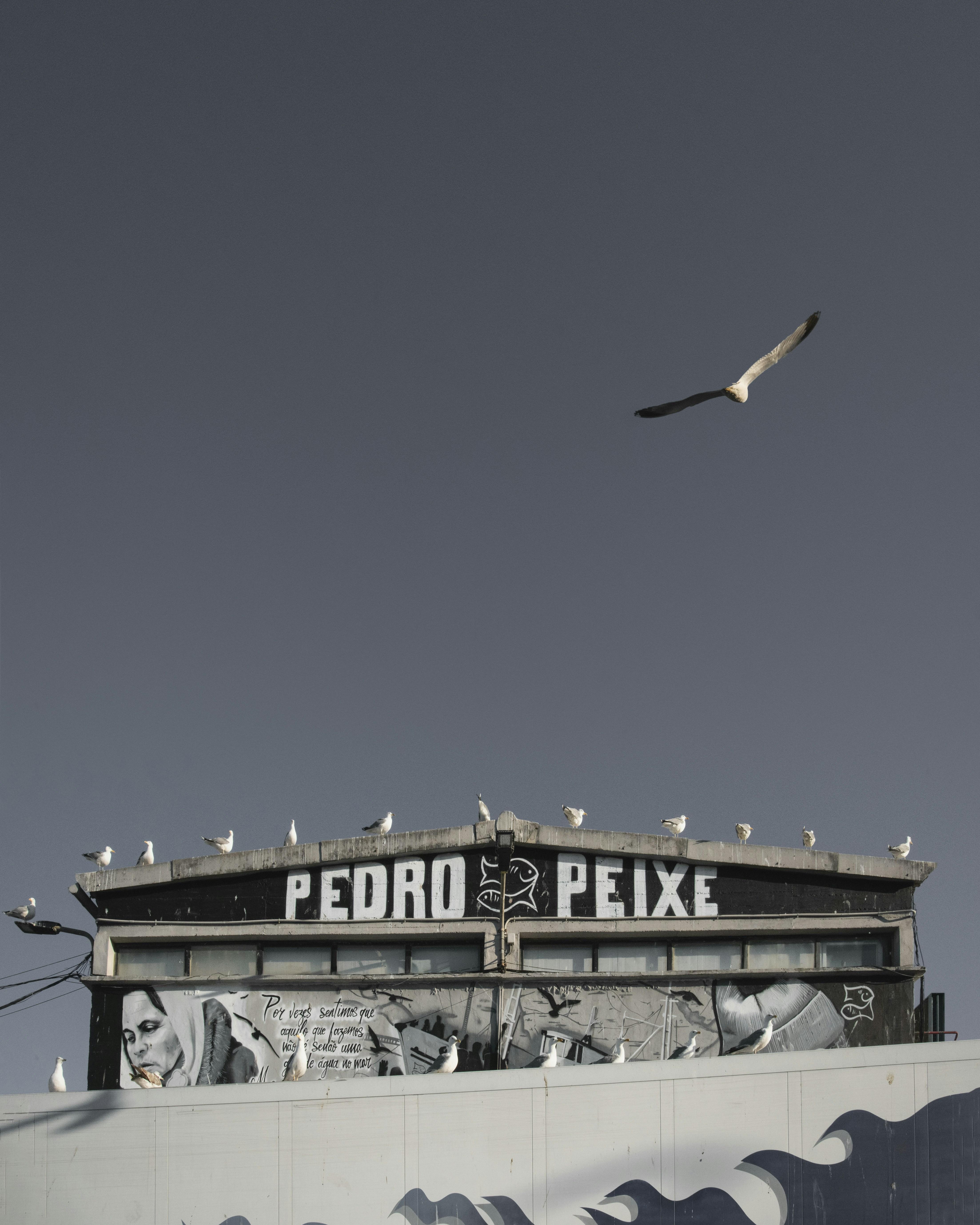Pedro Almodóvar, a luminary of contemporary cinema, has crafted a unique and unmistakable visual and narrative style that transcends cultural and linguistic boundaries. His films, renowned for their vibrant aesthetics, complex characters, and emotionally charged narratives, offer a rich tapestry of themes that delve into the human condition. This article aims to dissect the cinematic language of Almodóvar, exploring the elements that define his oeuvre and contribute to his status as a master storyteller. Through an analytical lens, we will examine how Almodóvar’s use of color, composition, and narrative structure not only captivates audiences but also challenges conventional storytelling, inviting viewers into a world where the boundaries between reality and imagination blur. By delving deep into his filmography, we seek to uncover the intricate layers of meaning and symbolism that underpin his work, offering insights into the artistic vision of one of cinema’s most distinctive voices.
Exploring Color Symbolism and Visual Style in Almodovars Films
Pedro Almodóvar’s films are a kaleidoscope of vibrant colors and unique visual styles, serving as a powerful storytelling tool that transcends dialogue. Each hue in his palette is meticulously chosen, reflecting the emotional landscape and the psychological depth of his characters. Almodóvar’s use of color is not just aesthetic but deeply symbolic. For instance, red frequently appears in his work, representing passion, love, and sometimes danger or pain. It’s a color that can be seen in the clothing of his protagonists, the interiors of his sets, and even in the smallest props, creating a visual thread that ties together the narrative’s emotional intensity.
Beyond individual colors, Almodóvar employs a distinctive visual style that blends melodrama with elements of surrealism. His films often feature:
- Bold contrasts – juxtaposing bright and dark elements to highlight emotional conflicts.
- Eclectic set designs – mixing modern and vintage elements to create a timeless atmosphere.
- Symbolic motifs – recurring visual elements like mirrors and religious iconography that add layers of meaning.
Through these visual strategies, Almodóvar crafts a cinematic language that communicates complex emotions and themes, inviting audiences to engage not just with the plot, but with the deeper emotional undercurrents of his stories.

Analyzing Narrative Techniques and Character Development
Pedro Almodóvar, a master of cinematic storytelling, employs a rich tapestry of narrative techniques that intricately weave together the emotional landscapes of his characters. His films often delve into complex themes of identity, sexuality, and familial bonds, using non-linear storytelling and intertextuality to deepen the viewer’s engagement. Almodóvar’s narratives are rarely straightforward; instead, they unfold in layers, often revisiting past events to reveal hidden motives and relationships. This approach not only creates suspense but also allows the audience to experience a profound sense of discovery, aligning them more closely with the characters’ journeys.
Character development in Almodóvar’s films is meticulously crafted, with each individual exhibiting a blend of vulnerability and resilience. Key techniques include:
- Visual symbolism: Colors and objects are carefully selected to reflect the inner turmoil or growth of characters.
- Dialogue: Sharp, poignant exchanges reveal deeper truths and unspoken emotions.
- Empathetic storytelling: The narrative often allows characters to break stereotypes, providing them with depth and relatability.
By focusing on the intricacies of human emotion, Almodóvar not only crafts compelling characters but also invites audiences to explore the complexities of their own identities.

The Role of Music and Sound in Enhancing Storytelling
In Pedro Almodóvar’s films, music and sound serve as vital narrative tools that elevate the emotional depth and thematic complexity of his storytelling. Almodóvar’s use of music transcends mere background accompaniment; it becomes a character in its own right, guiding the audience through the labyrinth of emotions experienced by the characters. Almodóvar often employs a blend of traditional Spanish music, classical compositions, and contemporary sounds, creating a rich auditory tapestry that complements the vivid visual style he is known for. This eclectic mix not only reflects the cultural backdrop of his stories but also enhances the mood, offering a deeper insight into the characters’ internal landscapes.
- Traditional Spanish Music: Infuses authenticity and cultural context.
- Classical Compositions: Elevate dramatic tension and underscore pivotal moments.
- Contemporary Sounds: Connect the narrative to modern sensibilities and themes.
The strategic use of silence in Almodóvar’s films is equally powerful, often employed to accentuate moments of introspection or tension. By stripping away sound, he invites the audience to focus on the subtle nuances of performance and the unspoken emotions that linger in the space between words. This deliberate soundscape manipulation not only underscores the thematic elements of his stories but also enhances the viewer’s emotional engagement, making the cinematic experience uniquely immersive.

Recommendations for Further Study on Almodovars Cinematic Influence
- Explore Almodóvar’s Filmography: Delve into the director’s comprehensive body of work to understand the recurring themes and stylistic trademarks that define his unique cinematic language. Films such as All About My Mother and Talk to Her offer a deep well of study material on his narrative structure and character development.
- Analyze His Use of Color and Composition: Almodóvar’s films are renowned for their vivid color palettes and meticulous composition. Examining how these elements contribute to storytelling can provide insights into his influence on visual storytelling in cinema.
- Study His Influence on Contemporary Filmmakers: Investigate how Almodóvar’s style has impacted other directors, both within Spain and internationally. Consider how elements of his work can be seen in the films of directors like Xavier Dolan and Luca Guadagnino.
- Consider Sociocultural Contexts: Understanding the sociopolitical landscape of Spain during Almodóvar’s career can shed light on the themes and narratives within his films. This approach can also reveal how his work reflects and critiques societal norms.
- Engage with Scholarly Critiques: Access academic papers and critiques that dissect Almodóvar’s films to gain a deeper understanding of his narrative techniques and thematic explorations. These resources can provide a foundation for more advanced study.
Concluding Remarks
the cinematic language of Pedro Almodóvar stands as a testament to his unique vision and profound understanding of human emotion. Through his distinct use of color, intricate narratives, and compelling character studies, Almodóvar crafts films that resonate with audiences on both an intellectual and emotional level. His ability to seamlessly blend elements of melodrama, comedy, and tragedy allows for a rich exploration of themes such as identity, desire, and the complexity of human relationships. As we dissect the layers of his work, it becomes evident that Almodóvar’s films are not only a reflection of his personal experiences and cultural heritage but also a universal commentary on the human condition. By continually pushing the boundaries of storytelling and visual expression, Almodóvar has cemented his place as a pivotal figure in contemporary cinema, inviting viewers to engage with his films in a dialogue that extends beyond the screen. As we continue to study his oeuvre, Almodóvar’s contributions to the cinematic arts will undoubtedly inspire future generations of filmmakers and cinephiles alike.
